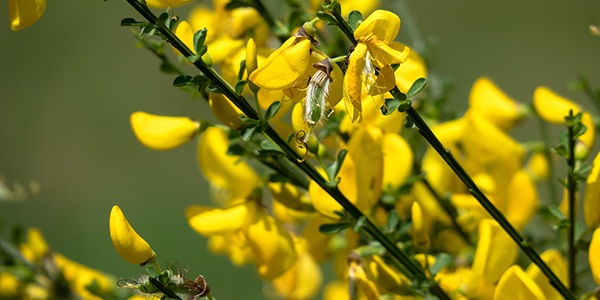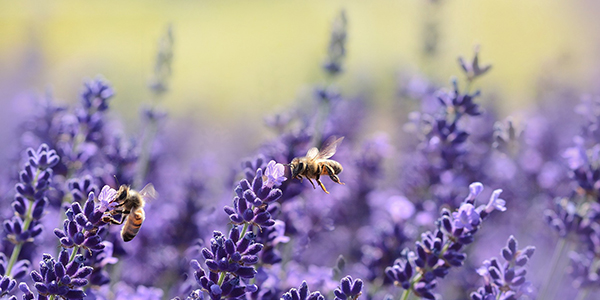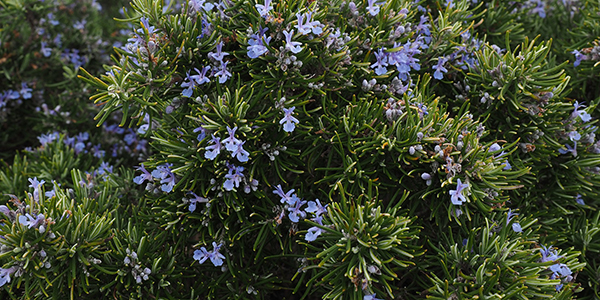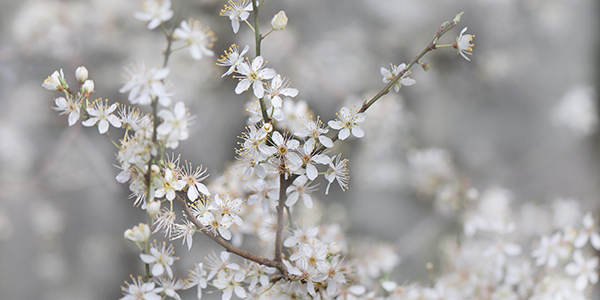





Sustainable Development Goals:
 |
 |
Mission
By planting native nectariferous plants it is possible to limit the process of disappearance of pollinating insects, bees included, "whose effects on the reproductive mechanisms of the plants themselves and on human and animal nutrition would be devastating"*.
The crucial role of bees in the food supply chain
Globally, the pollinator population is declining. Bees, among all, play a key role in maintaining natural balance and ensuring food security. Bees pollinate one third of the world's crops and are responsible for approximately 75% of the pollination of all living plant species on the planet.
Since the 1990s beehives have suffered dangerous mass die-offs with at least a quarter of bee species in decline globally. Despite a missing long-term assessment of global trends, “declines in local, regional and national bee species abundance and diversity have been reported on several continents”*.





According to the 2016 Intergovernmental Report Science-Policy Platform on Biodiversity and Ecosystem Services (IPBES) the factors underlying the decline of pollinators are mainly 6: change in land use, unsustainable agricultural practices and use of pesticides, environmental pollution, invasive alien species , pathogens and climate change.
Factors that often act in combination, putting great pressure on bees and pollinators.
We create a nectariferous forest where pollinators can thrive
By transporting the pollen from the male to the female part of the flowers, bees and other pollinators allow the fecundation, reproduction of plants and their growth. Without them, 1/3 of flowering plants would not produce seeds and would almost entirely lose their fertility, causing a decrease of at least half the amount of fruit and vegetables we are used to consuming, with important consequences on supply chains and on food security in the world.
"A Forest for Bees" campaign aims to recreate the best conditions for hosting bees and other pollinating insects. The initial goal is to create half a hectare of nectariferous forest (composed of melliferous plants) for the shelter and grazing of pollinating insects, birds and wildlife and keep on to reach 10 hectares.
The nectariferous forest will therefore be composed of: lavender, rosemary, sweet broom, blackthorn, wild pear and almond.
The indigenous or naturalised honey-bearing tree and shrub species that will make up the forest were chosen according to various criteria:
the nutritional importance for bees, birdlife and and benefits for humans (food and/or herbal medicine);
their ability to adapt and hardiness and to improve and protect the soil;
for the characteristics of spatial distribution, mitigation of climate change, absorption of C02, production of oxygen and improvement of air quality;
Beauty and harmony of the landscape linked to the colours of the stems, leaves and flowers of the plants and their timing or phenology in the anthesis (flowering) phase.
Targets
Create a special nectariferous forest of about 10 ha (about 30,000 melliferous plants) in Sardinia to feed about 800,000 bees*. The forestation areas are being identified together with the Regional Forestry Agency for the Development of the Territory and the Environment of Sardinia (FoReSTAS) and will be located between Tempio (Loc. Sa Dispensa) and other areas of Sardinia.
Support our Campaign
Our Partners
Forestas Bassa Gallura, Pannier
Our team dedicated to “A Forest for Bees”



*Minimum bees population data was calculated for every hectare of nectariferous forest composed of different species of trees and shrubs (including pear and plum trees, and sweet broom) aged 4-5 years old: the calculation do not take into account the possible benefits on the development of honey bee colonies in neighbouring fields.
This email address is being protected from spambots. You need JavaScript enabled to view it.